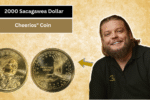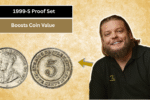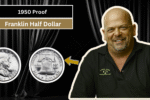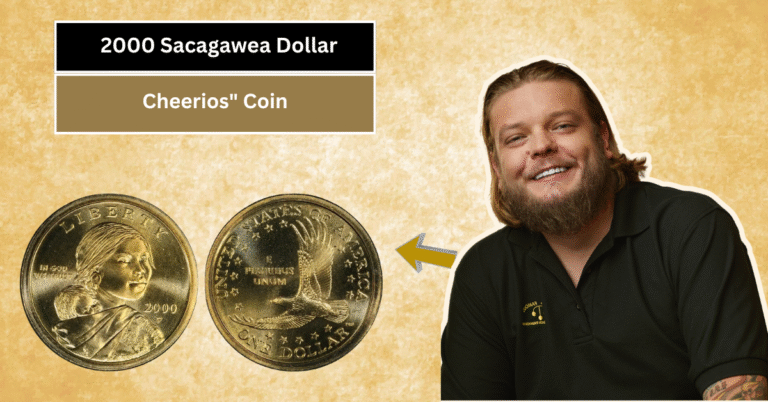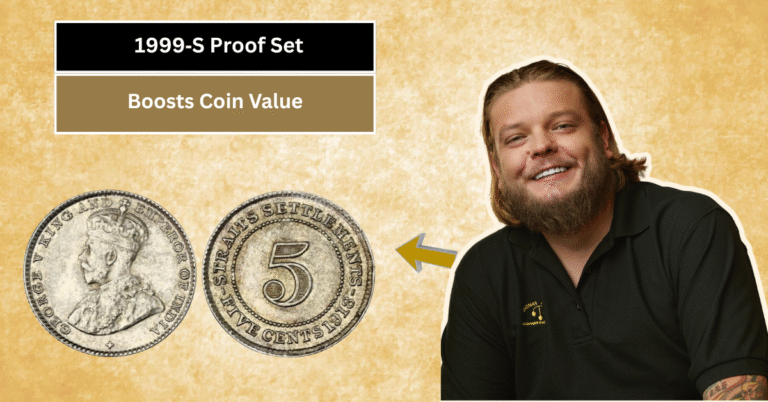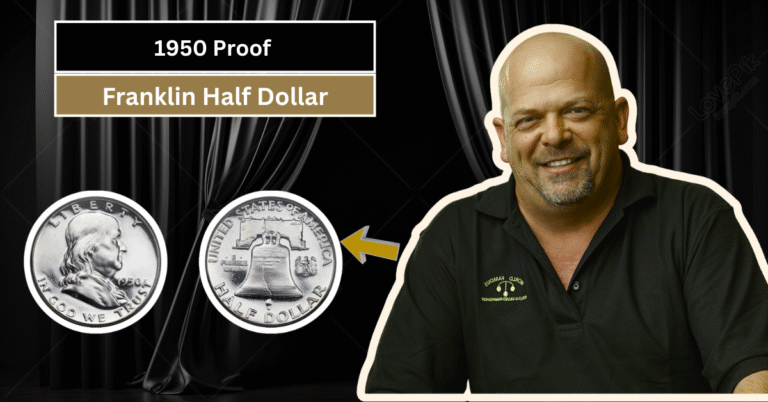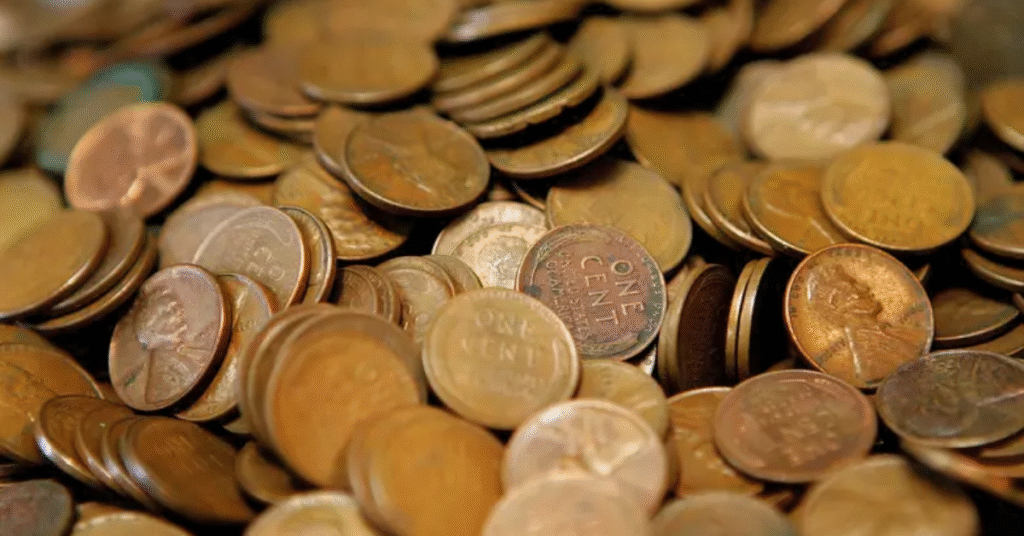
By now, most of us have heard stories of hidden treasures in the most unexpected places — attic finds, thrift store gems, or garage sale surprises. But few people realize that treasure might actually be lurking in their wallets, quietly disguised as common currency. Specifically, the humble penny, a coin many of us overlook or drop into a jar without a thought, could be worth a small fortune.
That may sound improbable in the age of digital payments and inflation, but coin collectors — also known as numismatists — know better. Certain rare pennies, especially those with unique minting errors or limited production runs, are not only valuable but can be worth tens — or hundreds — of thousands of dollars.
A recent example that caught the attention of collectors and casual enthusiasts alike is a rare 1909-S VDB Lincoln cent. This particular coin features the initials of designer Victor David Brenner on the reverse side, near the bottom rim. While those initials might seem like a minor detail, they are in fact at the center of what makes this coin so rare. Only 484,000 of these coins were minted in San Francisco before outrage over the conspicuous placement of the designer’s initials caused the U.S. Mint to halt production and remove them.
That edition of the penny, called the 1909-S VDB, is now one of the most sought-after Lincoln cents in American numismatic history. The coin, in excellent condition, can fetch anywhere between 1,500 dollars and 12,000 dollars. But that is not even the high end of the spectrum.
Enter the 1943 copper penny. During World War II, to conserve copper for the war effort, the U.S. Mint began producing pennies from zinc-coated steel instead. As a result, nearly all 1943 Lincoln cents were made from steel, giving them a silvery appearance. But a few copper blanks from 1942 were mistakenly used during the production process, resulting in an extremely rare variant of the 1943 penny made of copper.
How rare is it? So far, only about 20 of these copper 1943 pennies have been confirmed to exist. In auctions, they have fetched as much as 200,000 dollars, making them some of the most valuable small coins ever circulated in the United States. One such coin was even reportedly sold in a private transaction for over 1 million dollars.
Coin grading — a system used by collectors to rate the condition of a coin — can dramatically affect the value. Coins are generally rated from 1 to 70, with 70 indicating a perfect coin without any wear or damage. A 1943 copper penny in near-mint condition can significantly increase in value, which is why verifying the authenticity and condition of such a coin is critical.
But how can the average person tell if they have struck it rich with their pocket change?
First, check for the year. A regular 1943 penny will appear light-colored and be mildly magnetic because it is made of steel. However, a 1943 copper penny will look like most other pre-1982 pennies — reddish-brown and not magnetic. The authenticity of a penny can be initially tested with a magnet. If it sticks, it is steel and part of the common batch. If it does not, it might be copper, and could warrant further inspection by a professional numismatist.
Second, visually inspect your coins for any anomalies. Collectors value coins with minting errors such as double-die strikes, off-center prints, or re-punched dates. These uncommon features can raise a coin’s value significantly, even if it is not an ultra-rare edition like the 1943 copper penny.
You don’t need to be a seasoned collector to start evaluating your change. Many online resources and coin appraisal groups now offer free or affordable evaluations of coins via high-resolution photos or in-person consultations. Online marketplaces like eBay also offer some guidance on pricing, though they should be used cautiously as prices can vary significantly based on condition and authenticity.
Pawn shops and professional coin dealers can offer instant cash offers, but make sure they have reputable credentials before parting with any potentially rare coins. The Professional Numismatists Guild (PNG) and American Numismatic Association (ANA) provide directories of accredited dealers.
It is worth noting that the value of rare coins tends to increase over time, especially those that are truly scarce and well-preserved. This has made coin collecting not just a hobby, but also a viable investment opportunity for some.
So, the next time a handful of change jingles in your pocket or you spot a penny on the sidewalk, it may be worth more than just good luck. It could be a financial windfall waiting to be discovered.
In a world where cryptocurrency and fast-paced digital assets grab headlines, perhaps it is fitting that a small, copper-colored relic of the past is quietly holding — or even increasing in — value. Whether it is a reminder of American history or simply a stroke of fortune, one thing is clear: do not underestimate the penny. You might just be holding a hidden treasure worth $200,000.

